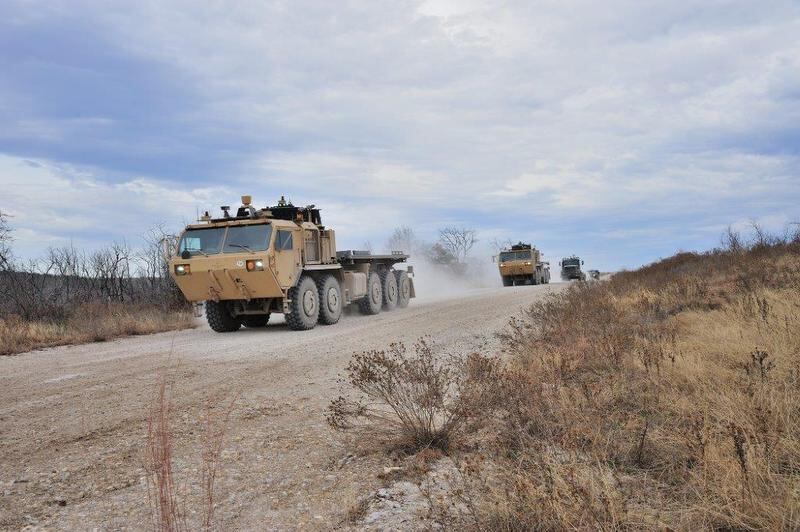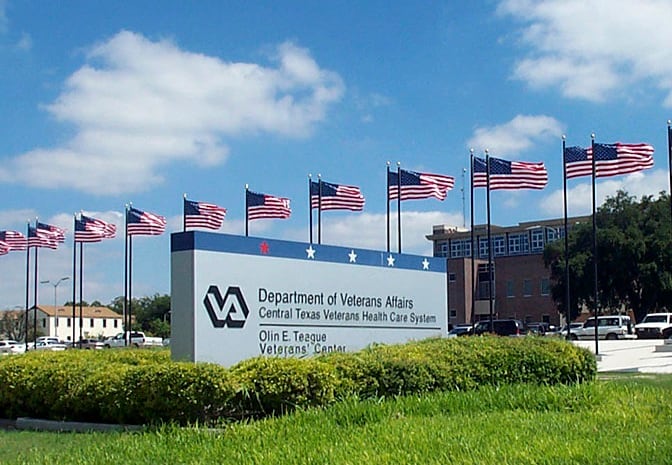The Army and Marine Corps are pursuing futuristic driverless vehicle technology that would free troops to do other things like watch for ambushes and roadside bombs.
The military is on the road to 2025, the notional date for Army Tank-Automotive Research, Development and Engineering Center to roll out tactical vehicles that drive themselves as part of the Autonomous Mobility Appliqué System.
The effort is taking a page from commercial automakers working on cars that stay in their lanes and navigate traffic with nobody driving, and Google, which says it plans to field such a car in 2017.
"AMAS is a great capability ... probably — in fact, I'm sure of this — better than Google Car," said Col. Chris Cross, chief of the science and technology division at the Army Capabilities Integration Center.
TARDEC Director Paul Rogers said its driver-assist technology could be an Army program next year, and two years after that "we could pull the soldier completely out of the vehicle."
AMAS, developed by Lockheed Martin, is a system that attaches to vehicles and uses a combination of radar and a lidar to read the road surface, lanes and curves of the road, as well as fixed or moving obstacles like pedestrians and cars, Rogers said.
A "drive-by-wire" kit takes control of the steering, acceleration and brakes, interacting with the sensors to stop when it senses an obstacle and determining whether it is safe to continue. The system is pre-programmed to follow a path, anticipate movement, or to follow the vehicle in front if it is part of a convoy. Demonstrations involved seven vehicles, including the Family of Medium Tactical Vehicles and the Medium Tactical Vehicle Replacement.
In June, Lockheed demonstrated the drive-by-wire capability with a driver in the vehicle, as well as driverless vehicles operating in convoys at up to 40 miles per hour. A vehicle equipped with AMAS avoided a moving dummy on a sled that crossed its path. It has also paused for oncoming traffic before making a turn.
Army officials say the point is not to replace them, but free them up to participate in missions outside the vehicle, or watch the road and conduct map reconnaissance inside the vehicle. Cross likened a driver of one of these vehicles to a fighter pilot who spends 10 to 15 percent of his time flying his aircraft and the rest of the time in the fight.
The system has not mastered backing up or complex maneuvers, like K-turns. The developer must ensure it is ready for unstructured environments with other drivers or children running in the street.
Troops may see the technology in easy environments like warehouses and military installations before it appears on the battlefield.
"That's very doable today, but in a military or unstructured environment, the challenge becomes much more significant," Rogers said. "We're looking at how to make our systems robust so that they're able to operate in more of these unstructured environments."
The Army has some key questions to answer, say Cross and Rogers. Will soldiers accept and adopt the technology? Will it make their jobs easier or make them more effective? If the technology doesn't need a driver but needs four maintainers, is it worth it? And the technology is ahead of the law in most states.
"We're collecting information from [soldiers] about whether it works," Rogers said of an upcoming user evaluation in August.




